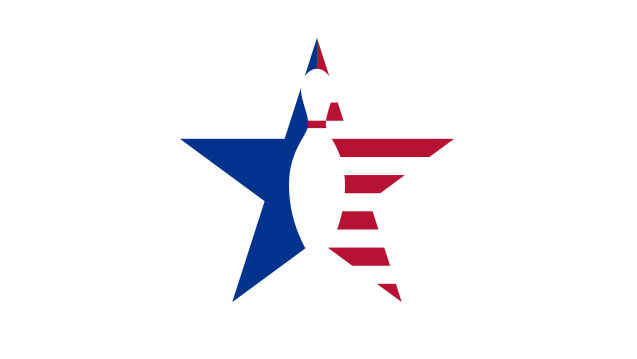900 Global Bank

53 Hook 14.5 Length 15.5 Breakpoint Shape
Core Design: 900 Global’s asymmetric core design incorporates a low RG of 2.48, a .054 Diff and moderate mass bias of .020. The 14-lb. version is 2.50, .050 and .018. Testing showed nearly 6” of track flare with 3.5, 4.5 and 5.5” pin distance layouts. Global calls this design “self-righting” as it has only one stable point, so the core supposedly rights itself into the preferred axis easier.
Coverstock: The Bank’s black and copper S73 coverstock formula is an oil lover and is destined for use on heavier and longer patterns. The 4000-grit sanded surface helps create a touch more push through the midlane and quickens the response off drier boards. The core/cover combo equally matches power with power.
Manufacturer’s Intent: Eric Thomas on the Bank’s new “self-righting” core: “This design offers more down-lane continuation and is barely affected by a less-than-perfect release. The Bank’s strong cover matches the strong core dynamics.”
Test Results: The Bank’s total hook was on par with the Bounty, but with increased back-end motion. Against the Bounty Hunter, the Bank had 4 boards less hook, which show up a few feet later. Versus the Favorite, the Bank was 1-2 boards stronger with most of the hook being downlane. Continuation through the pins was very good, as was the Bank’s assertiveness through oil carry-down. Lighter patterns caused some issues, but polishing solved this dilemma. Drilling angles of 70-90° gave us great looks on lighter-medium and/or shorter patterns. Use lower drill angles to create an earlier roll and a faster transition.
When to Use: The Bank will deliver the goods on most medium-heavy to heavier volume patterns. The strong midlane and backend will allow bowlers to play multiple angles well inside the oil line. Playing near the friction could be dangerous, except for those possessing higher speed-to-rev ratios. Lower axis tilt and axis rotation players will be best served with pin distances between 2.5 and 3.5”. This shorter distance will help the core retain its backend dynamics even longer, thereby producing a more angular move downlane.





